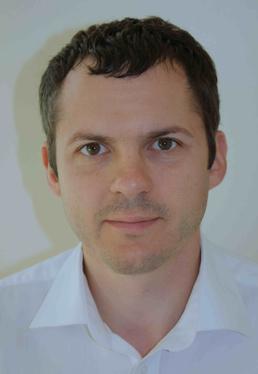Seminar 27th April 2012 2 p.m. 34/3001
Computational challenges in wavefunction-based electronic structure theory
Professor Fred Manby
School of Chemistry, University of Bristol
- Categories
- AMBER, Bioinformatics, CASTEP, Complex Systems, CVS, Density functional Theory, Emacs, FFT, Finite differences, Fortran, GPU-libs, HECToR, HPCx, Iridis, Maple, Materials, Mathematica, Metals, Molecular Dynamics, Molecular Mechanics, Monte Carlo, MPI, Multi-physics, Multi-scale, Multigrid solvers, Multipole methods, Nanoscale Assemblies, NWCHEM, OpenMP, Quantum Chemistry, Semiconductors, SVN
- Submitter
- Chris-Kriton Skylaris
Abstract
Molecular electronic structure theory, apart from providing a range of unbeatably useful tools for chemistry, offers a rich diversity of theoretical, numerical and computational challenges. Representative examples include diagonalization of very large, dense matrices; and solution of sets of thousands of coupled, non-linear equations. In this talk I'll introduce two of the key theories in this area: the familiar Hartree-Fock approach, and the coupled-cluster approach to post-Hartree-Fock treatment of electron correlation. Then I'll explain how the efficiency of both types of method can be improved through carefully designed approximations and algorithms. Finally I'll summarise my views on the main challenges in this area.
